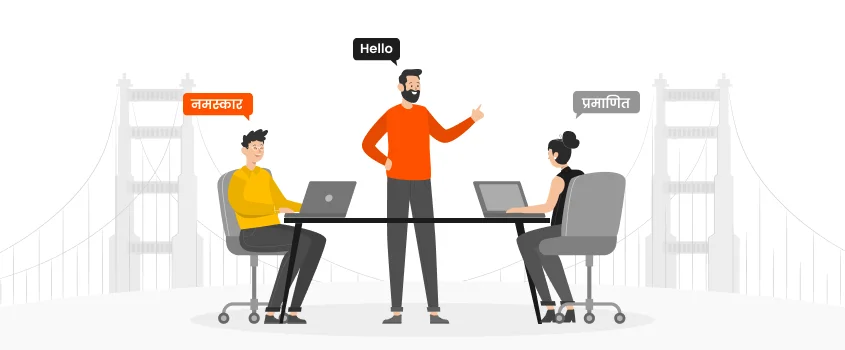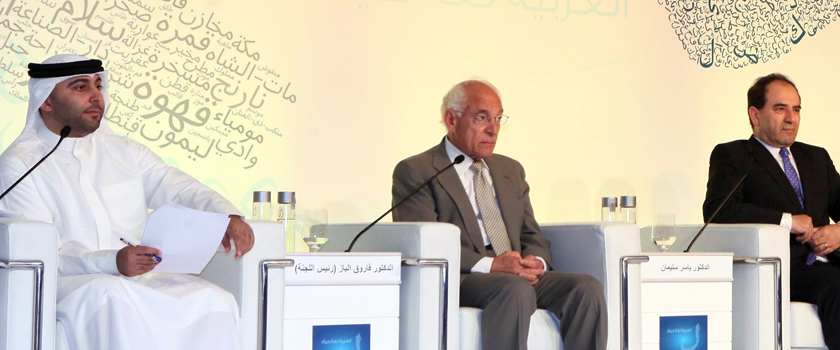Benefits of Video Translation and Interpretation Services for Hospitals
By: Shahzad Bashir Posted on Mon, 09-10-2023

2025 Offer Request a Quote Today and Grab a $50 Coupon for Free!
By: Shahzad Bashir Posted on Mon, 09-10-2023

Hospitals have been using traditional onsite interpreters for a long now, however, video remote interpretation in hospitals is also known as (VRI). It has become one of the important practices in recent years. The hospitals are aiming to have this facility become one of the fastest foreign language services in the country. They also are into this practice to bridge the gap between over-the-phone and on-site interpretation.
The past two years of the pandemic and COVID-19 health crisis have surged the increase of VRI and medical interpreters. Moreover, social distancing is becoming more common, making it necessary to practice telehealth services. VRI has been witnessed as the safest and most effective way of communicating with limited or no English proficiency along with deaf patients who have problems with hearing.
The use of telehealth has increased from 8% among Americans in December (2019) to around 30% by May 2020. It was primarily done for the physical and mental health of physicians and specialists. This was a new trend, but it does not seem to stop anytime soon. As the people have massively appreciated it. People can consult physicians without leaving their space.
Moreover, this has emerged as one of the most appropriate interpreting mediums for telehealth. Every second hospital worldwide is coping with the increased demand for video communication. So, it is better to have an in-depth and detailed understanding of the process and the benefits of introducing it in the long run.
People often assume English is one of the most spoken languages, and also think everyone can speak or understand it. However, this is not true. Many patients consult physicians worldwide from underdeveloped countries and the languages they speak are not understandable to physicians and vice versa. To tackle such situations, video interpretation is evident.

Video remote interpretation also termed VRI is a service used for interpretation through video telecommunication. It also involves the use of devices web cameras and other videophones to facilitate the persons involved with spoken language and sign language.
While using video remote interpretation in hospitals, certified interpreters are the only solution. Medical interpretation is a serious issue, and it can lead to irreversible results if dealt with poorly. According to the Affordable Care Act (ACA) hospitals, health plans, clinics, physicians, nursing homes, and others offer qualified interpreters to people who have limited English proficiency.
Video remote services allow organizations and ventures to meet the increased needs of limited proficiency in English and other deaf and hard-hearing patients regardless of the language. These are provided to everyone and in every region of the world for almost every second language. However, there are particular language pairs that are more in demand as compared to others.
Physicians and hospital administration now need to take quick action and they have to come up with video translation and interpretation services so that they can cater to more patients, and it would be quite economical for the patients as well.
Here are a few of the most important benefits that have been listed to throw light on VRI’s importance.
VRI enables businesses and owners to facilitate the patient and physicians with a quick and fast response for both languages i.e., source or target languages. Whenever there is an emergency or urgency to communicate in a foreign language, VRI people can make sure that there are medical interpreters arranged within no time.
Emergent situations or ones that are not pre-planned may lead to hiring the services of remote interpreters to cope with the need for language support. On-demand support refers to the use of interpreters immediately. They are accessible whenever hospitals or physicians require them. This is extremely important as patients often need to get treatment on an urgent basis.
Having the support of medical interpreters and their visual support linked with video remote interpreting can make the services and content more accurate. Accuracy is of foremost importance in medical documents, content, and conversation. The same is the case with interpretation. Hence, going for VRI brings more accuracy and helps physicians to diagnose and provide treatment accordingly.
People require video remote interpretation services to bridge the gap between phone and on-site interpretation. The traditional interpretation services are time-consuming and often require at least two hours’ time for charging and also for mileage and travel charges. The interpreter has to leave his place and come to visit and to provide their services. However, going for video remote interpretation services can help with visual support, and that too on an economical budget.
The medical translation and interpretation services can help with optimizing the interpretation budget. Also, hospital officials should ask for hourly minimum charges with VRI’s latest technology. There are many companies that offer ways to optimize and lower costs.

The video interpretation healthcare offers an online portal and the clients access to their data 24/7. This is one of the greatest benefits of turning hospitals into video interpretation services. Patients can track their progress, and treatment plan to stay connected and updated. Moreover, the data would be secure and there are no chances of misplacing and data eruption. The companies also ensure confidentiality and ensure there is no violation of it.
Live interpreters can be added to the calls with patients and physicians within seconds without spending any extra penny. There is no more equipment required for providing interpretation services for video and phone meetings with the help of video conferencing tools including Zoom and telemedicine platforms.
Importance of qualified interpreters for patients’ health
With the advanced technology and two years of pandemics, there is a great important need to turn more hospitals into video interpretation services. Medical interpreters can help hospital systems in the following way
VRI along with telephonic interpretation is helpful for getting responses in seconds to cater to urgent situations. The immense growth of language diversity has made interpreters and their services valuable for patient care during the whole journey of the patients. When a patient is looking for medical care, effective communication comes up with positive health outcomes.
However, if there is a language barrier, that may hinder communication. This is where the interpreter has to play his role. This improves patient care, including relatively higher care of clinical care and achieving patient satisfaction. There will be fewer communication errors, more accuracy, comprehensive diagnosis and follow-up instruction, and far fewer rates of readmission.
Technology has a great impact on human lives. It has also enhanced medical care and helped with advanced treatment methods. After two years of COVID-19, things and perspectives have totally changed. People prefer to stay socially distanced and are into remote options. Similarly, hospitals and clinics have already started this option of video remote interpretation VRI services to facilitate more patients in less time. However, the idea has not reached everywhere yet and this needs to be taken seriously as it has a lot of benefits.

Turkey, the country straddling eastern Europe and western Asia is one of the most advanced and rapidly developing countries of
Read more
Mumbai (formerly known as Bombay) is the largest city of India and a cosmopolitan metropolis. Located on India’s west coast,
Read more
Mars Translation believes in bringing the best side of your business forward and that is why we have multiple international
Read more
Mars Translation provides one of a kind professional Danish translation services all over the world. All of Mars Translation’s translators
Read more
Mars Translation believes in bringing the best side of your business forward and that is why we have multiple international
Read more
Informed consent is the process by which doctors provide necessary medical information to their patients so that they can agree
Read more
Pune, also known as Puna, is the second largest city in the west-central Indian state of Maharashtra. It is the
Read more
Do you have a birth certificate in another language that needs to be translated into Russian language? If so, we
Read more
Recognizing an employee award is entirely convenient. It is both a formal and an informal acknowledgement of an employer’s effort,
Read more

